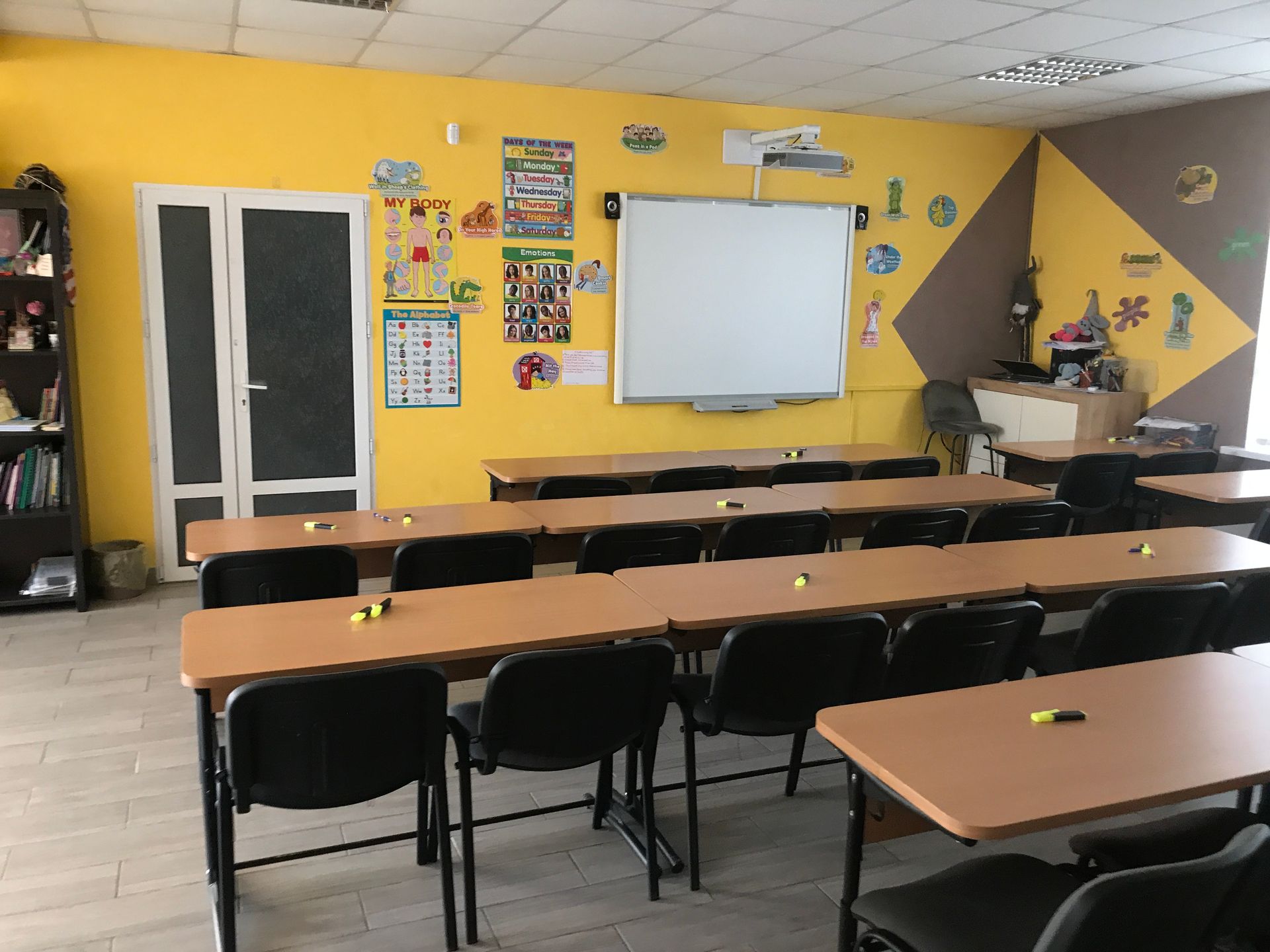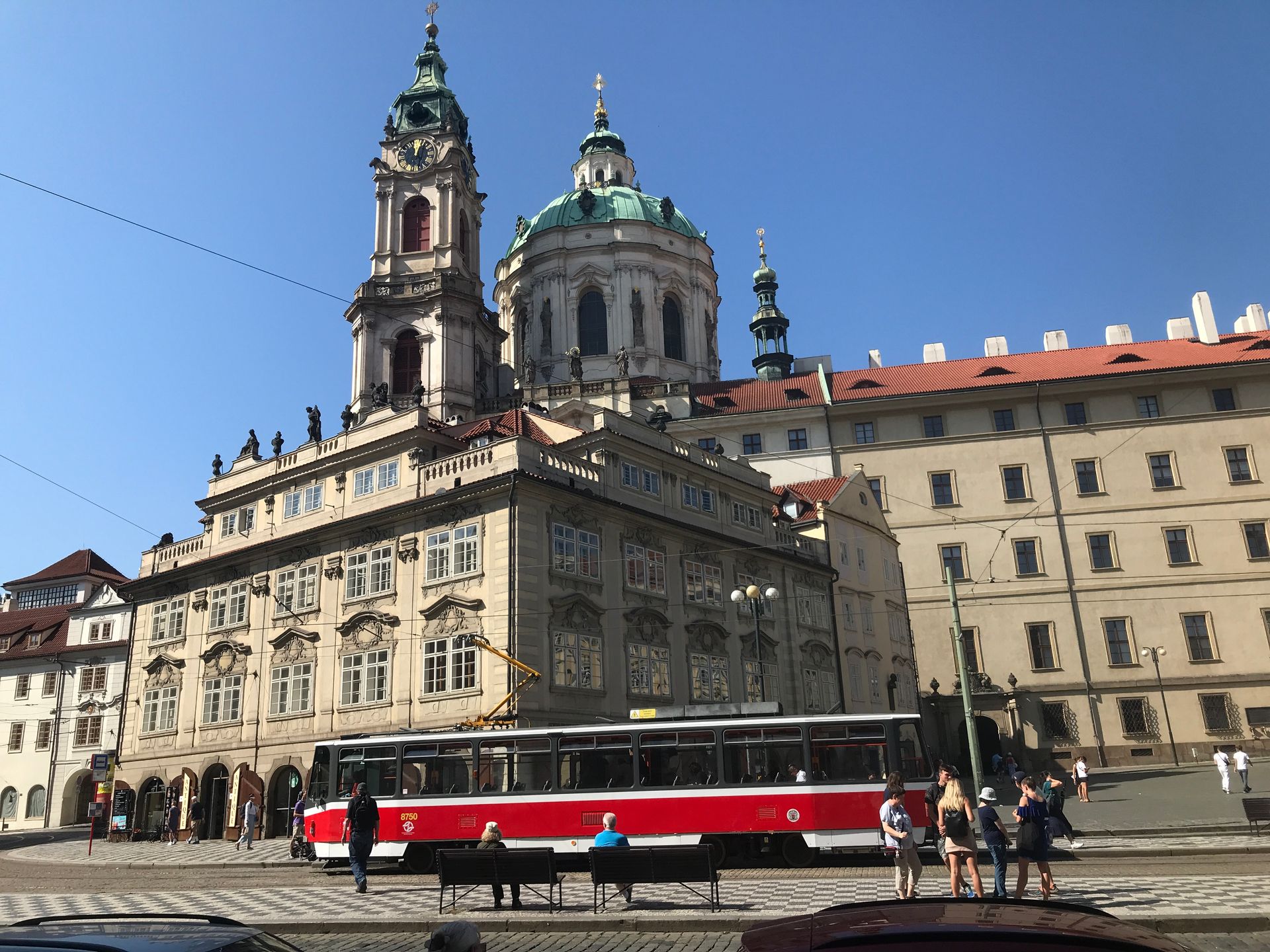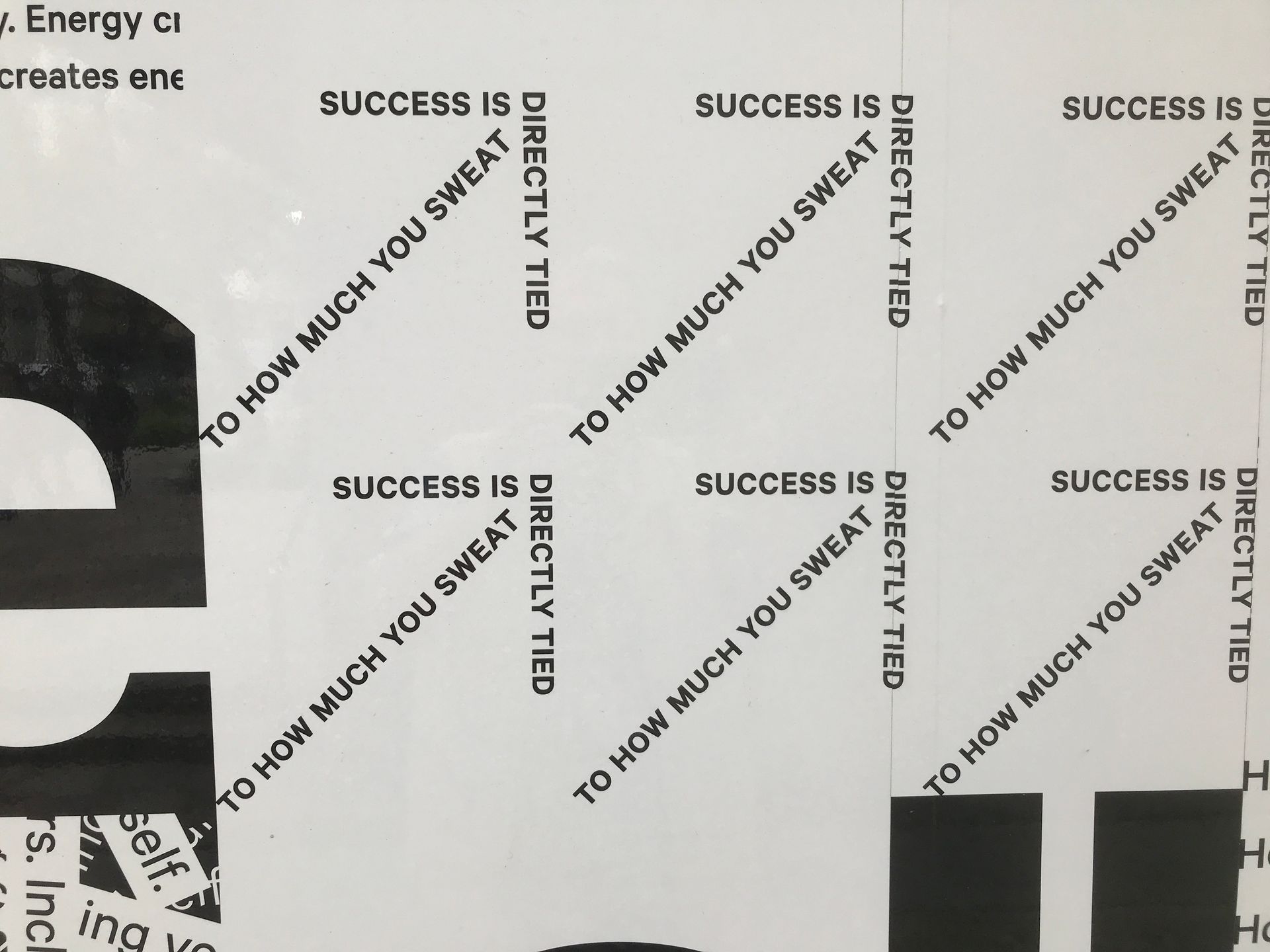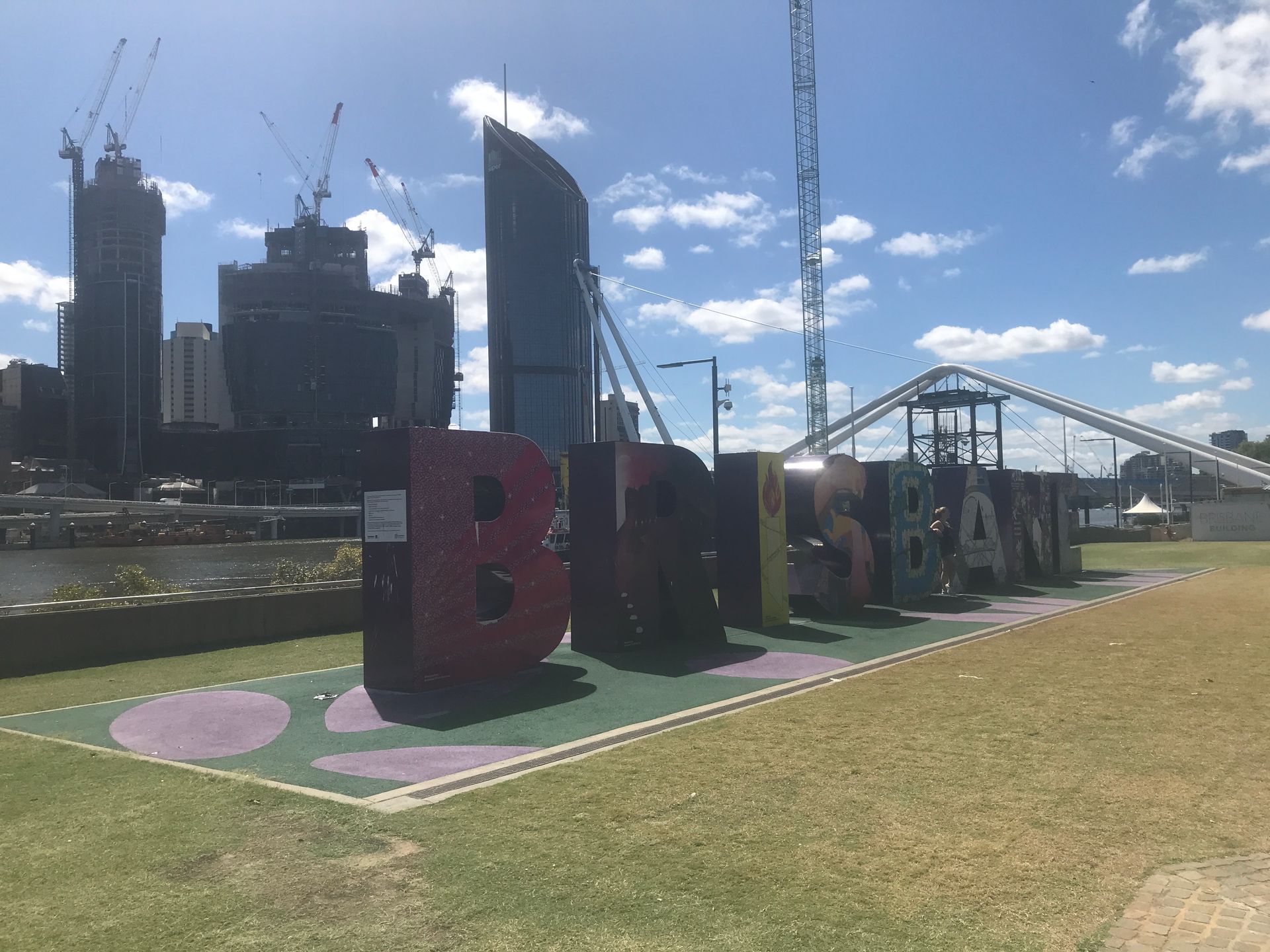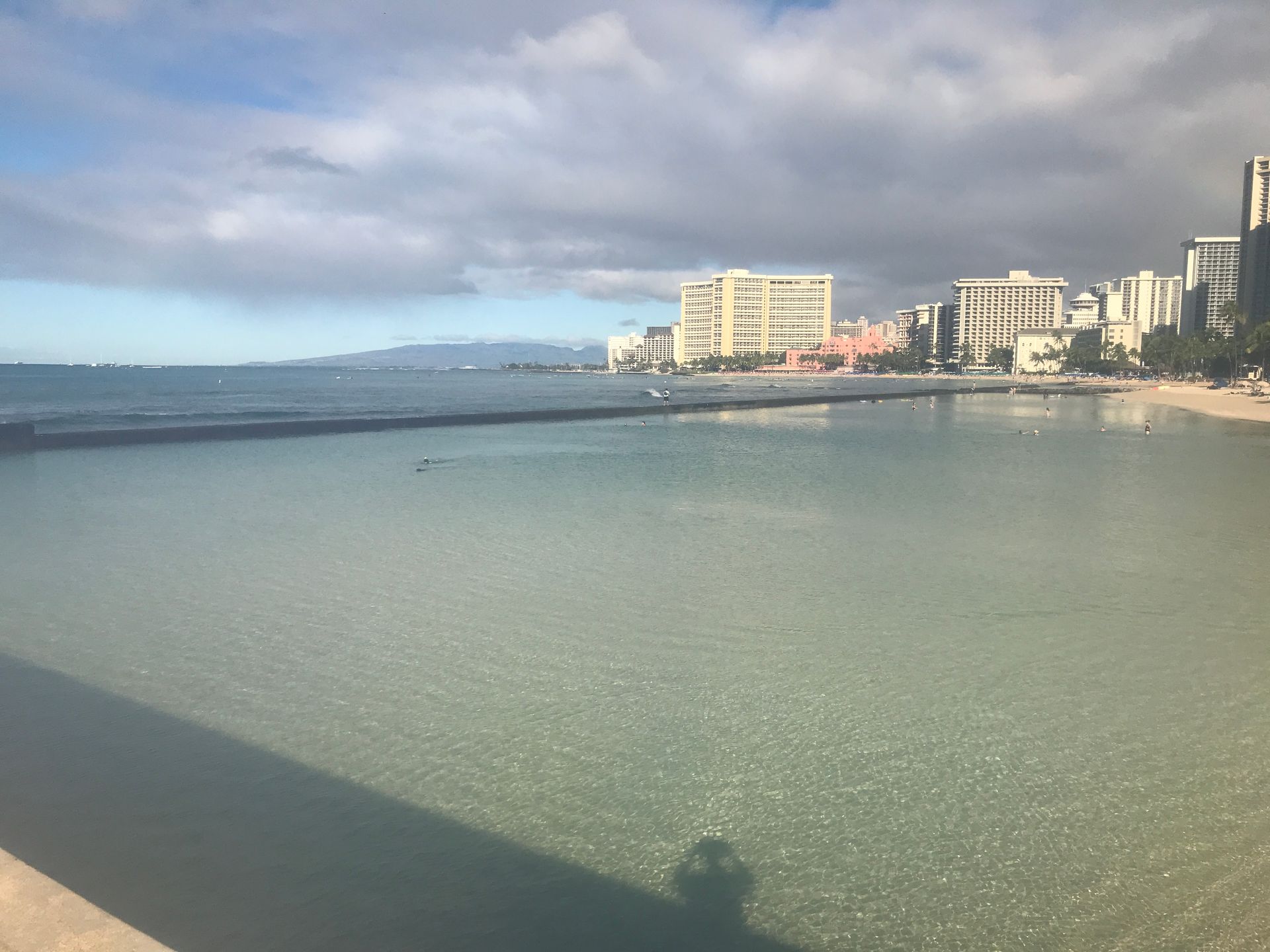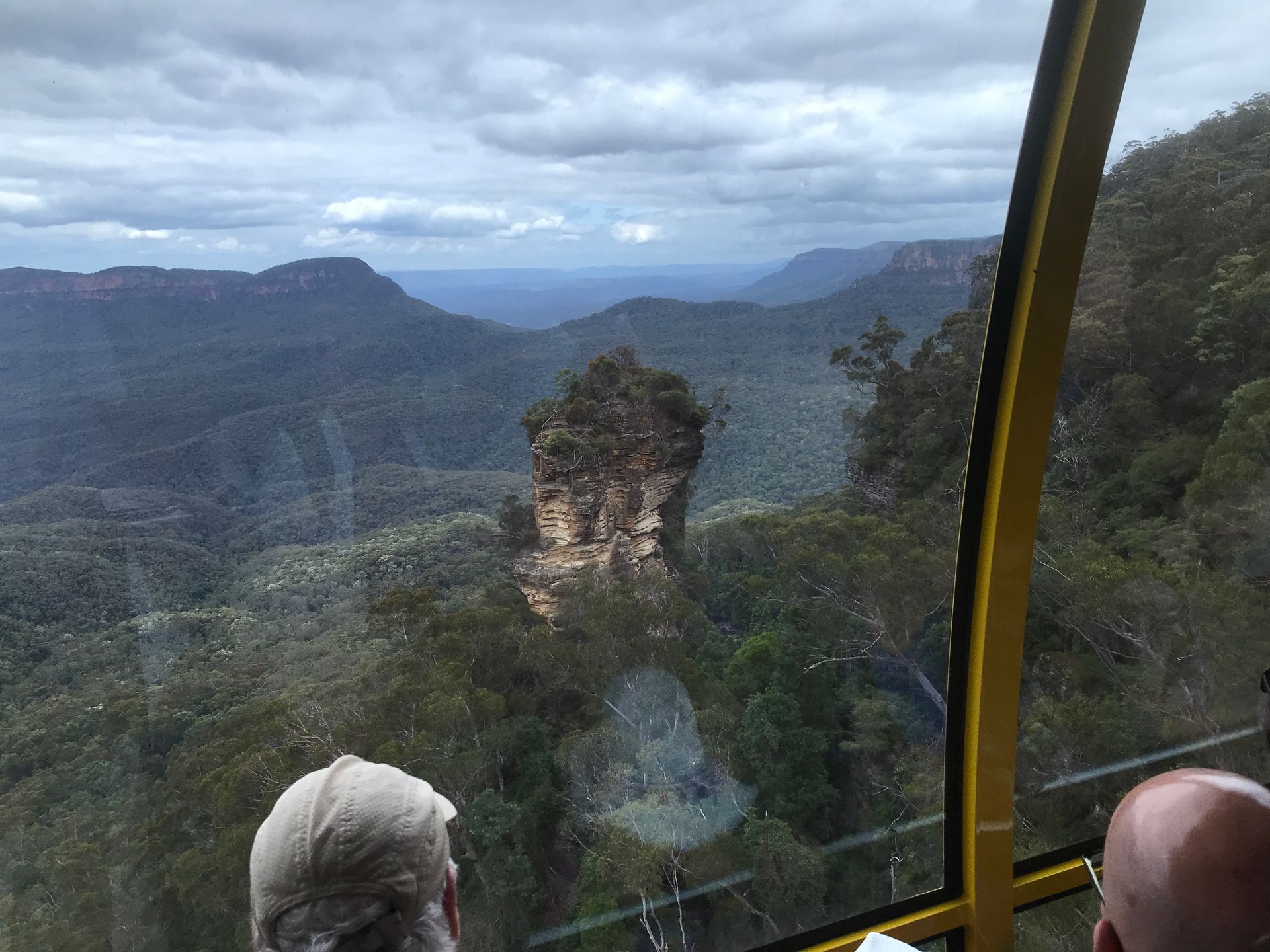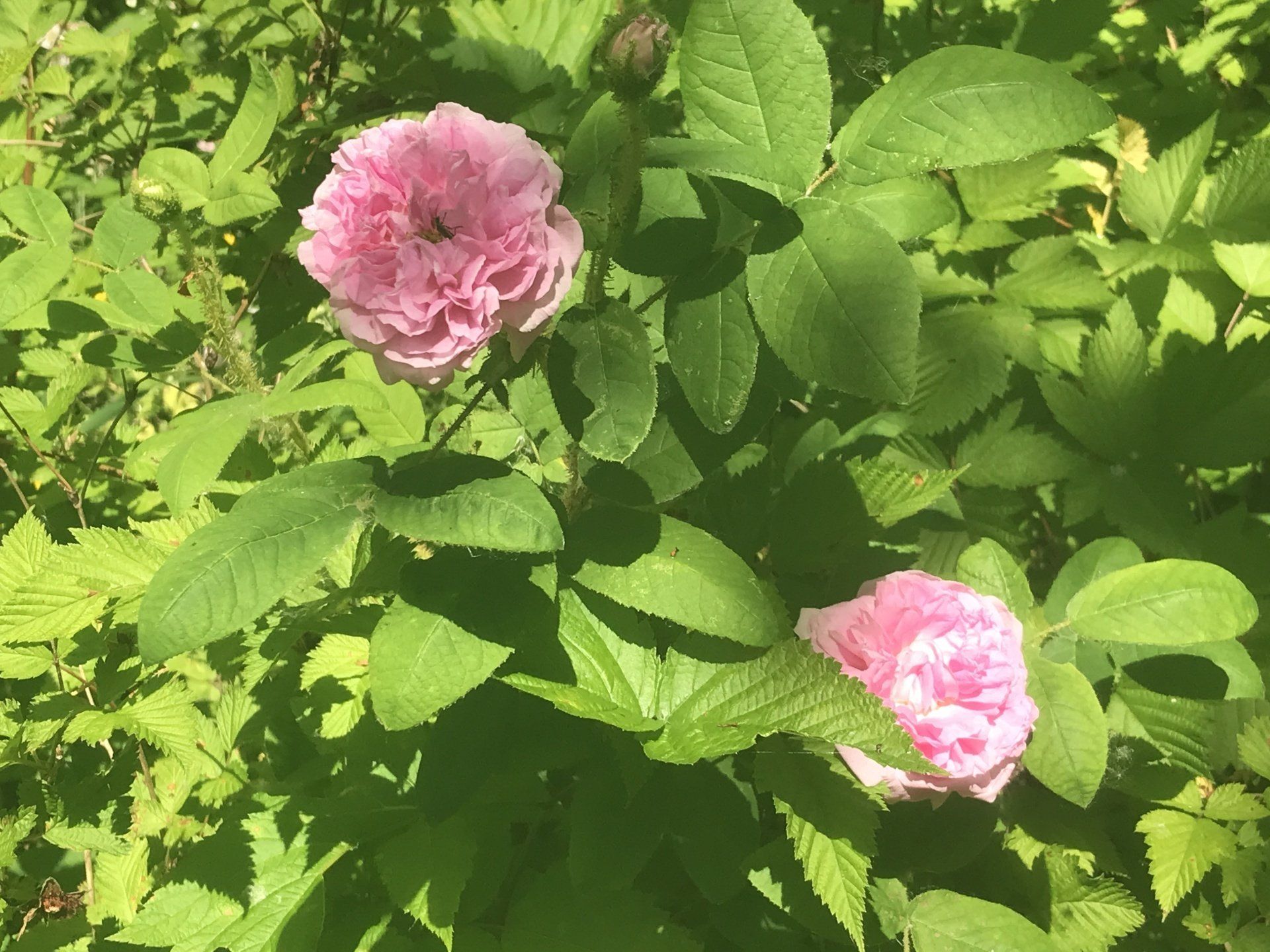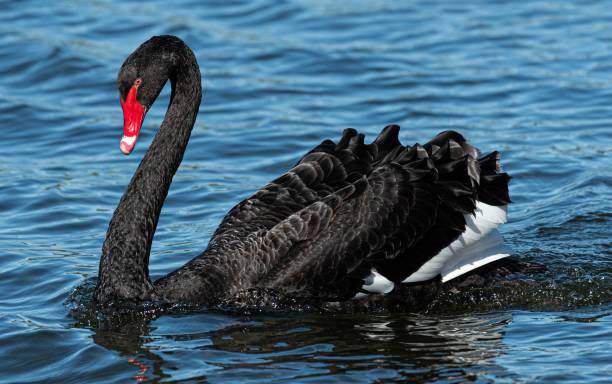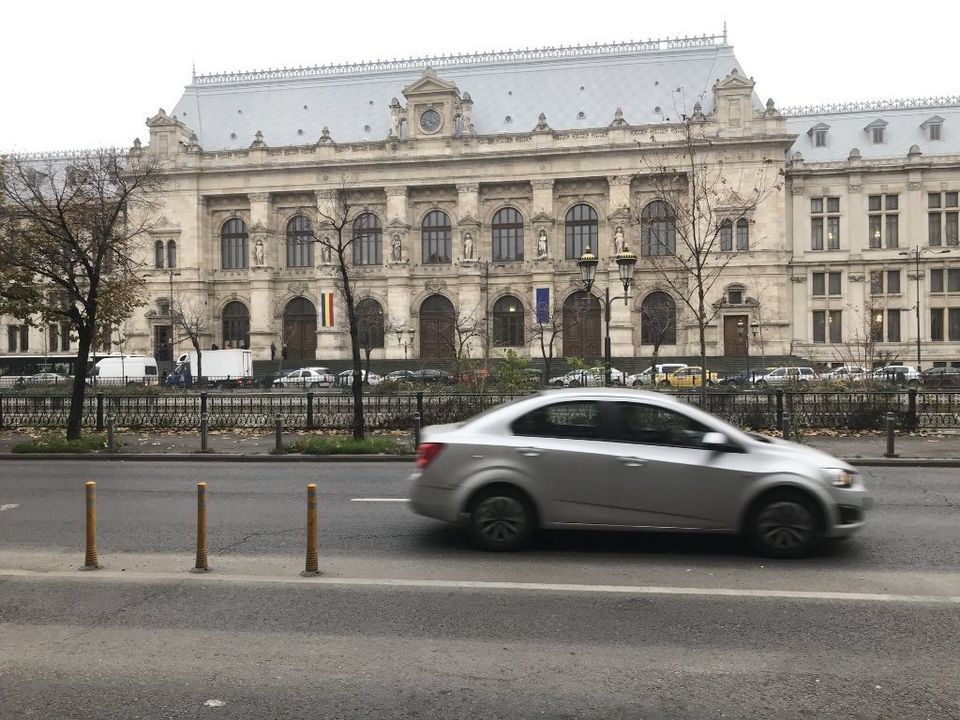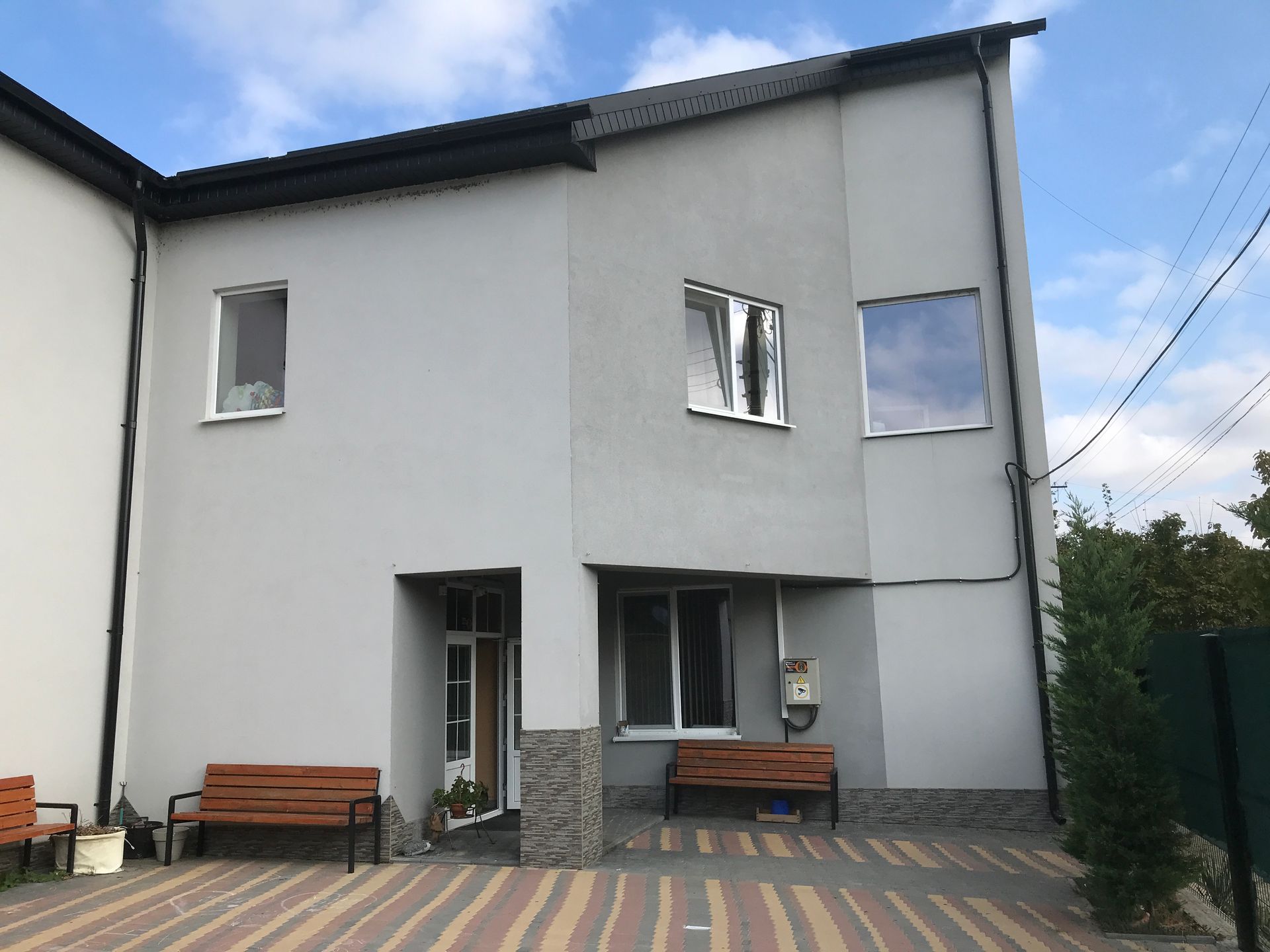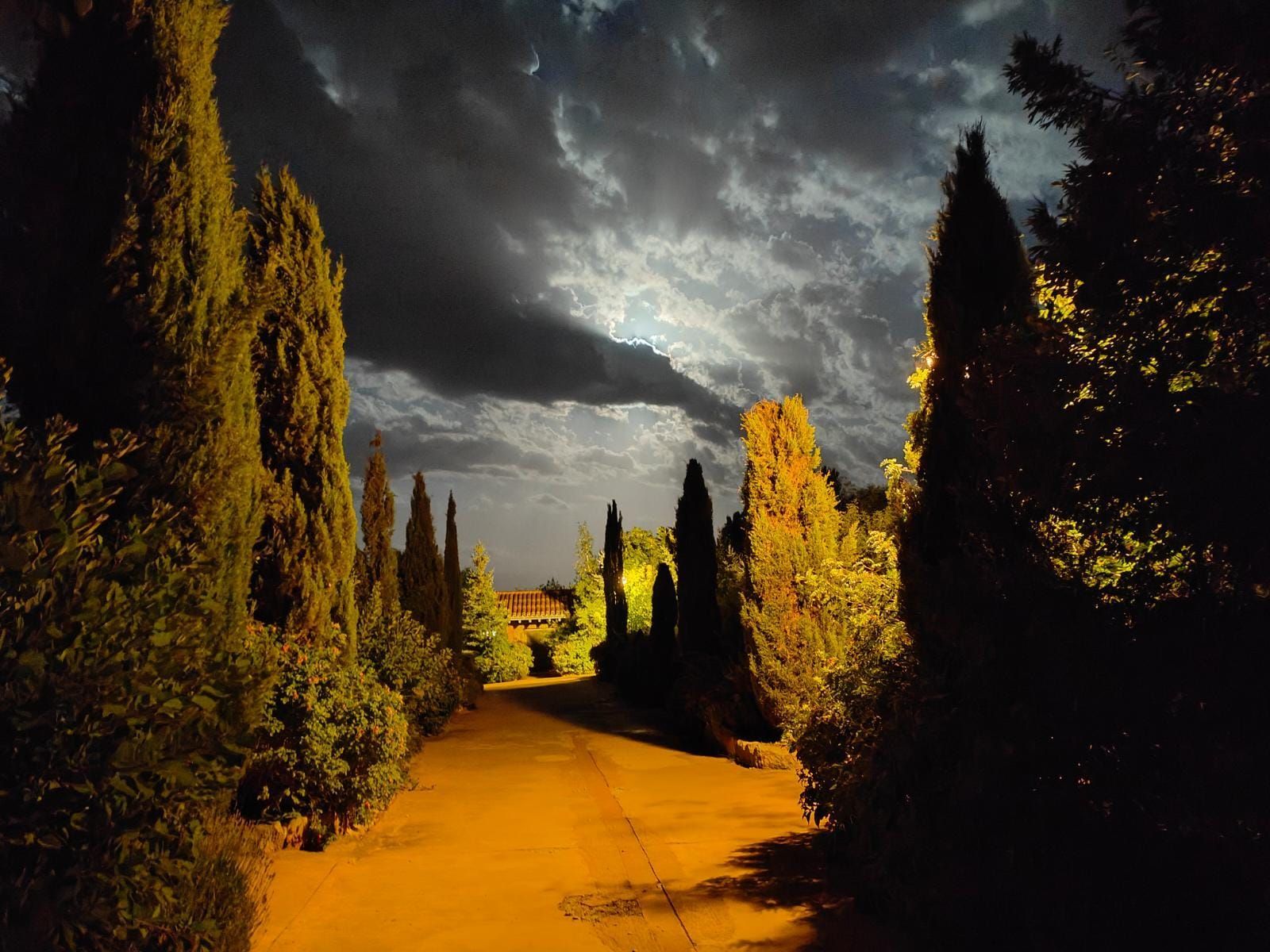Day 15 - Bucharest
The main route into Bucharest is beautiful. Well maintained and clean, with lots of parks containing trees and statues of bronze heads. It is an interesting mixture of preserved architecture from the early 1900’s intermixed with Soviet functional. Apparently it was called the Paris of the East in the 1930’s because it was designed by French educated architects. However, several steps into the side streets, and the buildings are dilapidated. Even down the main roads the well maintained and scrubbed buildings are next to a building needing more TLC - extensive repairs and a wash. One sees rewiring jobs extending around the building exteriors and these seem to originate from a ball of wires on an electric pole. I just hope they are fiberoptic cables and not 220 volt.
Every building is tagged. My understanding is that a mural is done with permission, graffiti can be art but without permission and tagging is the alpha male wolf marking his territory. The messages are all over the spectrum. The several people I talked to about this think it is a good form of self expression and should be encouraged. It didn’t seem to matter to them whether it was an apartment or a national monument. It is against the law but the police turn a blind eye. There are even several outlying villages which actively encourage it. One pollee even suggested that after 50 years of Soviet oppression, it was about time for free expression. It would be a horrendous job washing the paint off marble and limestone.
I landed at rush hour and these guys know how to use a horn. They are very big on driving into the intersection just as the light turns so they have blocked the cross traffic. As I said, everyone has a horn but they are not above climbing out of their cars to have a more face to face discussion with the blocking cars. And through all this, motorcycles are lane splitting about 10 miles per hour faster than the traffic flow. Romanians buy lots of car and keep them very clean. McLarens with their gull wings and lots of exhaust decibels are interspersed with small Fiat and Dacias but the bulk are BMW and Mercedes.
It may have been the area of town where I am staying, but it is definitely more expensive here than Chisinau. However it is cheaper than say downtown Seattle by about 40%. They also take Black Friday very seriously and it lasts about 10 days here with the extensions. Anything from 10 to 75% off.
Thursday - This is a hotel mainly for business people and at least 50% of them are women. The 4 AM traffic, which was a standstill at 5 PM the evening before, is now a drag strip about 35 MPH over the speed limit. The pedestrian crossing lights are interesting. They have a countdown before they change and then green is just a suggestion to proceed at your best speed, looking right and left for turning cars. The green walk sign is not an absolute right. This is the downtown core on the periphery of Old Town.
Old Town has buildings from about 1720 that are still functional and there is the odd late medieval building being restored professionally. It is cafes of various specialities, souvenir shops and clothing stores. I got off the main drag and walked east into the valley with the huge Parliament Building in the center of a park. This is the second biggest building in the world after the Pentagon. There is a lingering resentment that a large portion of Bucharest was torn down to build this for one man’s ego. The surrounding Soviet-functional apartments went on block after block and were originally built in the early 1950s to great acclaim by the population as this was better accommodation than they had available prior. They are now looking a little rough around the edges but again the maintained building is next door to the dilapitated and the further one gets off the main streets and into the side streets, the worse shape the buildings are in.
One can buy a 2 room apartment (bedroom and living room) for about $50,000 and then utilities add another $250 per month (but this is seasonal). Everyone has a car and they park them anywhere. There are public busses and an underground Metro. They are trying dedicated bicycle lanes but I didn’t see them used much. Never saw a skateboard the whole time. Pharmacies are like Starbucks, 4 per block. But I haven’t seen a Starbucks yet.
Friday - picked up at 8 AM for a guided tour to the beach. It is a 220 km trip on interstate- standard highways to the shore. The land is billiard table flat and the farmers are taking good care of the soil as cover crops were growing. Apparently the land is owned by large agricultural companies. There is a esthetically beautiful bridge over the Danube, which was not that impressive, and some rolling hills just before the coastal plain. A nuclear plant built by Canadians, fields of solar panels and a windmill farm are visible.
It is off season, so the traffic is mainly tractor trailer rigs heading for the port in Constanta. Just north of the city of Constanta is the Romanian Riviera city of Mamaia and north of this is the delta of the Danube. A good museum of archeology is in Constanta. It begins from the Neolithic times, through the Romans and then extends into the Soviet era with exhibits of forced labor and the “removal” of Nicolae Ceausescu. The sequence seems to be: The Soviets took Moldova and the Romanian military with King Michael’s blessing, joined the Germans in attacking Russia to get Moldova back. The Romanians lost and the Soviets took Romania and Moldova after the war and King Michael went into exile. Originally Nicolae Ceausescu was a hero for standing up to the Soviets by refusing to send troops to Czechoslovakia during the 1968 uprising but went on a visit with the leadership of North Korea and on his return, began to do very unpopular deeds and tried to develop a cult following, which lead to his removal in 1989. The population takes politics seriously.
There was a palace coup in 1866 but Romania still felt they needed a king and so invited a German, Carol I. (Must have been an interesting employment contract.) Constanta was built with his influence and money in the late 1880s. Mamaia grew north of this and then multiple other towns evolved south for the beach goers. The soft white sand extends much further south into Bulgaria. Romania is a member of the EU but has not adopted the Euro yet and still has the Ron or Leu. Loans are flowing through the system from the EU and the economy is doing very well “but high paying jobs are hard to find”. A high paying job is about E1500 per month and is probably IT or management in an international company.
ReCent Posts
